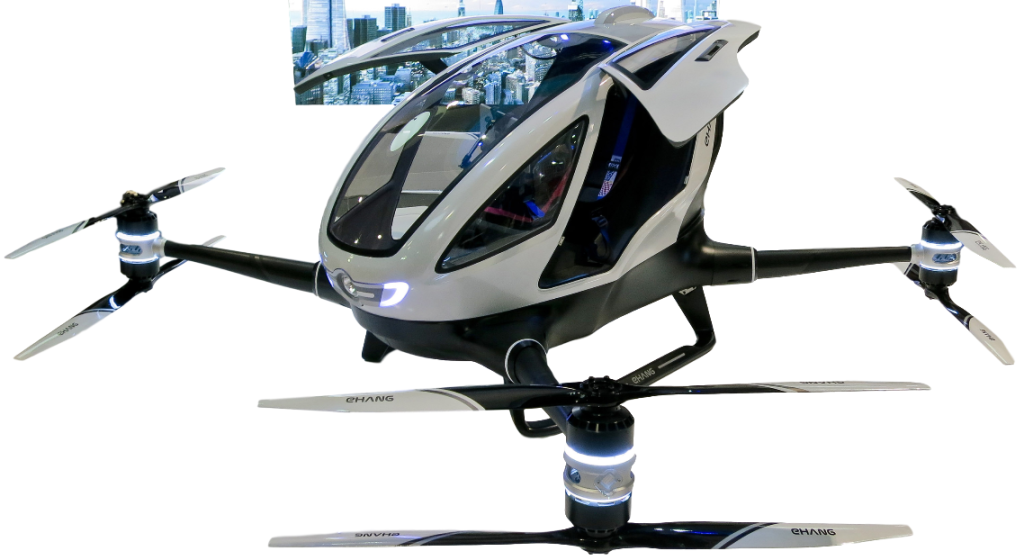Imagine a future where the skies above our teeming cities are not just spaces for birds and clouds but bustling highways of drones and flying vehicles, seamlessly integrating into our daily lives. Envision an era where China leads this transformation, pioneering the utilization of the “low-altitude economy.” This futuristic vision is already becoming a reality, as drones buzz over rooftops and alongside office buildings, delivering packages, transporting people, and even aiding in emergencies.
At the forefront of this revolution, China has identified the layer of airspace from 1,000 to 4,000 meters above the earth as a new economic frontier. Here, a variety of activities unfold—from aerial food delivery to commuter air taxis and from scenic leisure flights to critical search and rescue operations. This burgeoning sector, highlighted during China’s annual Central Economic Work Conference last December, is poised to not only create lucrative high-tech employment but also to drive significant national economic growth.
With an impressive market valuation of $69 billion in 2023 and targets to expand to $278 billion by 2030, China’s push into the low-altitude economy is reminiscent of the Wright Brothers’ pioneering days of aviation. This movement is fueled by advancements in eVTOL (electric vertical take-off and landing) aircraft, which are set to redefine urban transport, making it quicker and more environmentally friendly.
Cities like Shenzhen are already experimenting with these technologies. Imagine hopping into an air taxi that lifts off vertically from your neighborhood park and glides across the cityscape, delivering you to your destination faster than any car could. These air taxis are not just figments of imagination but are becoming an integral part of urban transport infrastructure, with designated landing pads dotting the city.

By Alex Butterfield – This file has been extracted from another file, CC BY 2.0
Yet, this innovative leap forward is not without its hurdles. Safety concerns and the logistical complexities of integrating manned and unmanned aerial vehicles loom large. High-tech models like the two-seater EH216-S from Ehang Holding Limited, despite their $300,000 price tag, are becoming more common, suggesting that consumer confidence and regulatory frameworks are beginning to align with technological advancements.
Moreover, China’s technological strides in other areas, such as the launch of the C919 aircraft and the development of the Beidou navigation system, reinforce its capacity to lead globally in the low-altitude sector, despite the ongoing tensions and technological restrictions imposed by the US.
This vision of the future is not just about transforming transportation but redefining the very infrastructure of our cities and how we interact with the space around us. Hunan province’s initiative to verify 97 low-altitude routes is a testament to the serious commitment towards this future, integrating everything from transportation to agricultural applications.
As we stand on the brink of this new age, the potential of the low-altitude economy extends beyond the mere convenience of faster travel. It represents a profound shift in urban planning, economic development, and how we envision the future of our cities. Watch closely, as the experiences from Shenzhen and Hunan not only shape China’s approach but potentially set a global precedent for urban air mobility.
In this narrative, the sky is not a limit but a vast expanse of untapped potential, inviting us to rethink, innovate, and soar.
Leave a Reply